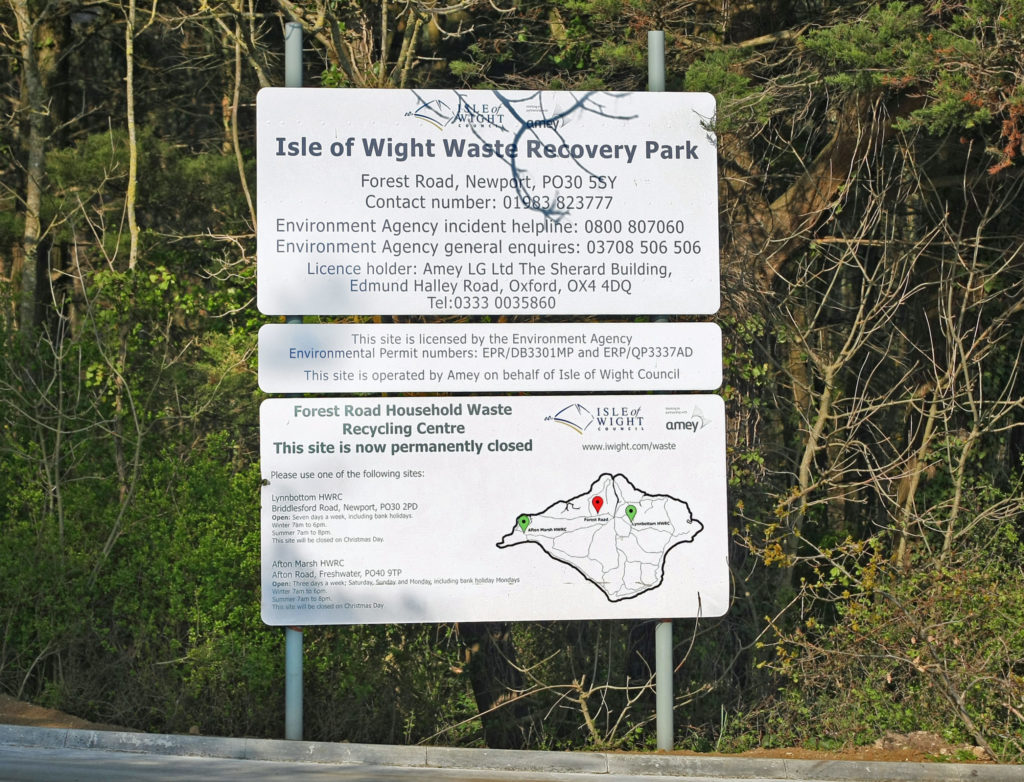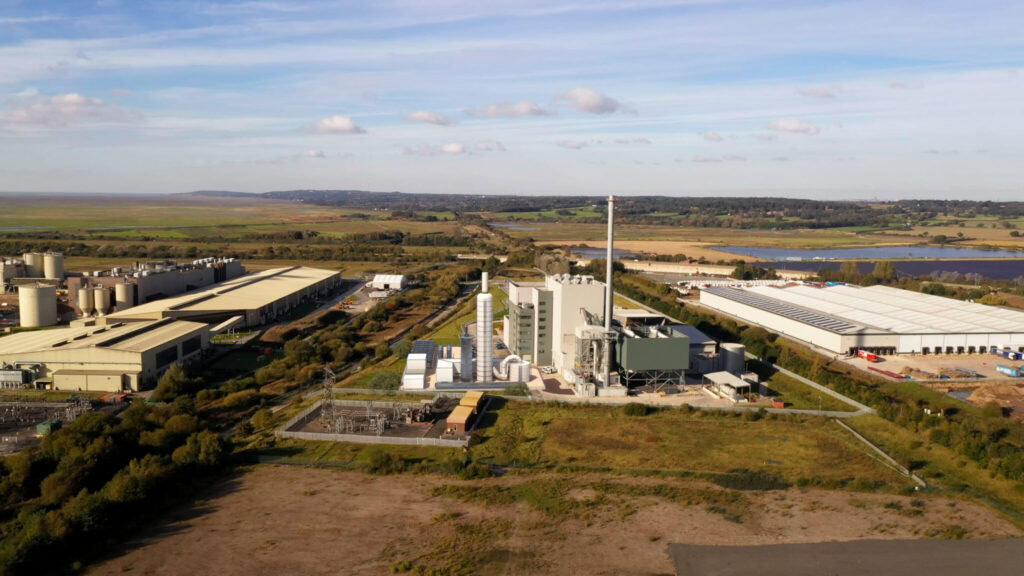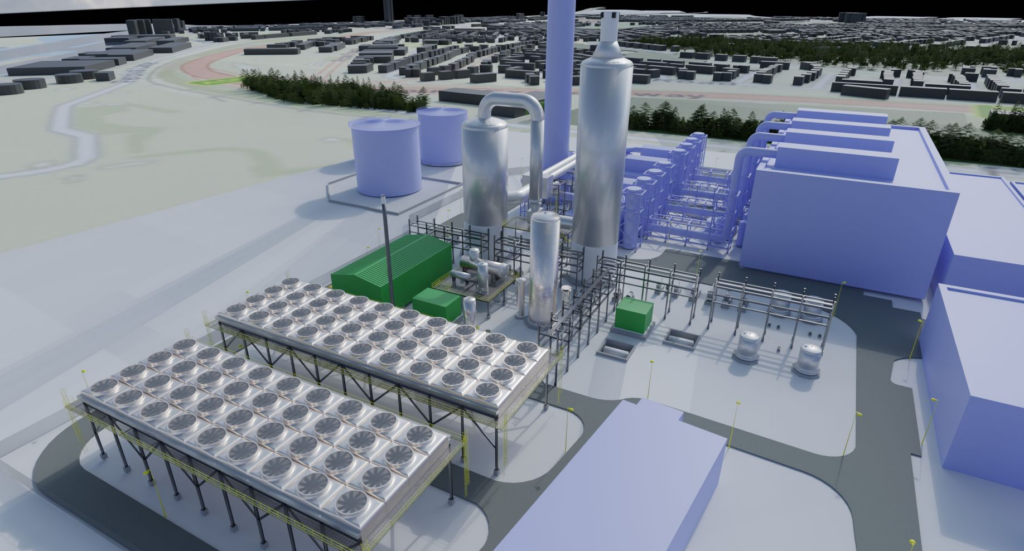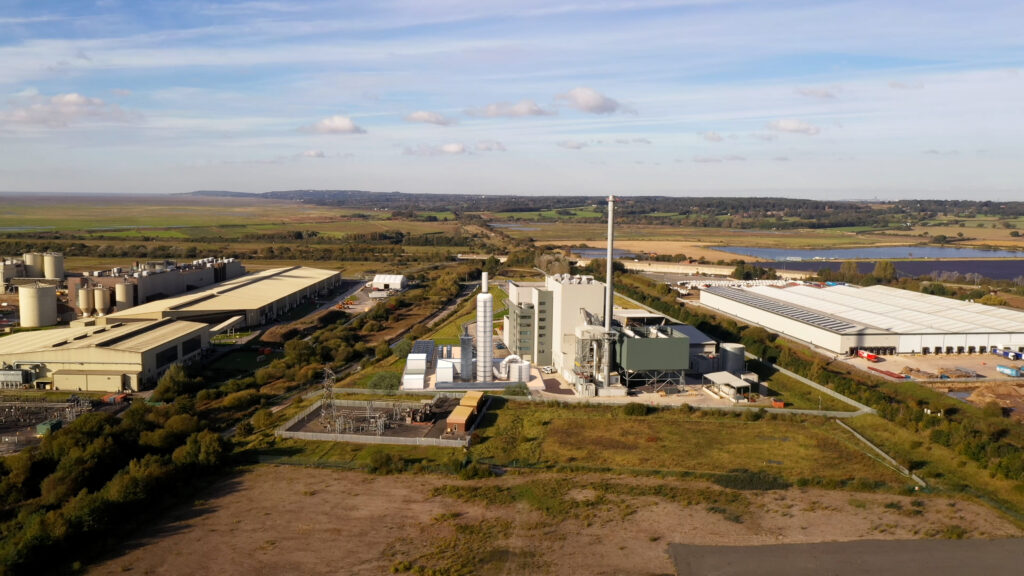Construction of the 44,000 tonnes per year capacity facility began in April 2017. Commissioning was due to be completed in the summer of 2019 but was delayed by two years (see letsrecycle.com story).
However, an Isle of Wight Council spokesperson told letsrecycle.com on 28 May that while the plant was not yet fully operational it had been accepting waste for more than two years.
The facility incorporates a recycling recovery facility and an EfW plant. It is the latter element which is not yet operational.
The spokesperson told letsrecycle.com: “Since 2018, the island’s waste and recycling has been processed and separated into different material streams at the plant, such as metals, paper, card, glass and plastics, using state-of-the-art technology.
“This technology not only sorts out the recycling from the green bins, but also is used to extract as much recyclable materials from general waste as possible, helping the council and Amey surpass its target of recycling more than 55% of all household waste.”
Amey is delivering the facility at Forest Road, Newport, under a waste collection and treatment contract spanning 25 years. The facility will be owned by the council and operated by Amey.
Amey was contacted for comment.
Gasification
Isle of Wight council told letsrecycle.com the EfW plant was “mechanically completed”. The plant uses technology from German waste technology provider Michaelis, which also works with N+P on its plant in Chelveston, Northamptonshire, and WH Malcom’s plant in Glasgow.
“This technology not only sorts out the recycling from the green bins, but also is used to extract as much recyclable materials from general waste as possible”
When the Isle of Wight plant was given planning permission in March 2016 it was intended that it would use gasification, rather than direct burn incineration – also known as ‘moving grate technology’.
The following year the Environment Agency granted a permit variation to allow for the plant to move to more standard moving grate incineration technology (see letsrecycle.com story).
The council told letsrecycle.com the plant would generate renewable electricity for up to 5,000 homes.
Representing an estimated population of just more than 140,000, Isle of Wight council had a household waste recycling rate of 55.5% in the 2019/20 financial year.
Waste sector
Reports that Amey planned to exit the waste sector began circulating in 2019. The company, a subsidiary of the Spanish infrastructure services company Ferrovial, sold six of its waste contracts to Urbaser this January (see letsrecycle.com story).
However, Amey retains its waste treatments/disposal projects, such as those on the Isle of Wight and in Milton Keynes.
The company also operates the Allerton Waste Recovery Park in North Yorkshire. Its plans for a 250,000 tonnes a year capacity plant in Waterbeach, Cambridgeshire, were turned down in June 2020 by the planning inspectorate (see letsrecycle.com story).










Subscribe for free